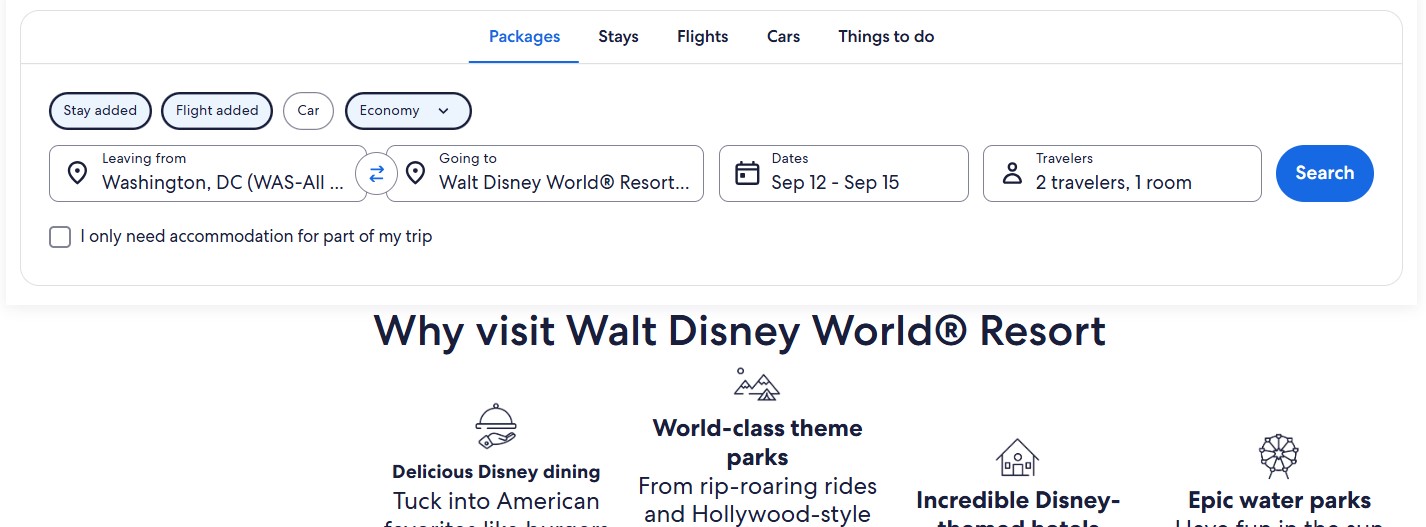Contents
A company without a blog is missing a key channel for attracting and retaining customers. Social media is oversaturated, ads keep getting more expensive, and user attention is more valuable than ever.
In this noise, the channels that matter most are the ones that not only drive traffic but also build trust and deliver long-term results. One of those channels is a business blog.
What used to be a nice add-on is now the core of a content strategy. In this article, we’ll explain why blogging works and how it can help a business grow from zero to its first leads.
Why Companies Need a Blog
A blog is a way to speak to your audience in plain language about the topics they actually care about. It drives traffic from search engines, builds your company’s authority, and gradually guides readers toward making a purchase.
According to the educational project Master Blogging, adding a blog to your website can increase traffic by up to 55%.
Here’s how blogging actually drives results for a company.
Search Visibility and Organic Traffic Growth
When it comes to SEO, a blog means a section of your website with regularly published articles. This content becomes part of your site’s structure and helps bring in search traffic. Blogging is a powerful SEO tool for several reasons:
| What a blog does | How it works | Value for business |
|---|---|---|
| Improves internal linking | Articles connect product pages, services, and other posts across the site. | Search engines crawl and index the site faster, understand its structure, and reward it with higher rankings. |
| Keeps content fresh | Publishing new material at least once a week shows that your site is active. | Supports ongoing SEO efforts and drives steady organic growth. |
| Targets long-tail keywords | Blog posts capture precise queries (e.g., “best laptop for graphic design work”). | Attracts a more qualified audience that’s closer to making a purchase. |
| Adds multimedia | Posts include visuals, infographics, videos, and tables. | Increases engagement, lowers bounce rates, and creates extra entry points from image and video search. |
| Creates backlink potential | High-quality articles become resources other blogs, media outlets, and forums link to. | Builds site authority and improves rankings through natural backlinks. |
Lead Generation
A blog is a full part of the sales funnel. A visitor who comes for a helpful article can immediately take action: leave their contact details, download a file, or submit a request.
According to HubSpot’s 2024 report, for B2B brands, the most effective customer acquisition channels, apart from social media, are websites with blogs and SEO. In B2C, it’s email campaigns, paid social content, and content marketing — the same articles, checklists, and guides that are easy to publish on a blog.
To collect leads, first offer readers a clear way to interact. Built-in CTAs (calls-to-action) help move them further down the funnel.
CTAs can be:
“Request a Quote,” “Calculate Price,” “Try for Free.” These can also be text-based calls to action with embedded links to your website.

With product details, consultation offers, or service information.

Booking tools, calculators, or widgets like “Estimate Project” or “Choose a Plan.”

You can also offer a lead magnet. It’s valuable content that readers get in exchange for their email. Lead magnets can take many forms:
- Guides and checklists (7 Steps to Launch Digital Marketing, How to Choose a CRM in 30 Minutes).
- Templates and instructions (contracts, proposals, briefs).
- Mini-courses and webinars (SEO Kickstart in 3 Days).
- Calculators and quizzes with results delivered straight to the inbox.
A lead magnet has to be closely tied to the article topic and solve a real problem. Otherwise, readers won’t want to share their email.
Use UTM tags to track which articles bring conversions.
Analytics tools like Google Analytics show where a visitor came from, which post they clicked, and what action they took. This helps focus on content that actually works.
According to a survey by Databox, 35% of company blogs convert 2–5% of readers into leads, and almost 30% regularly reach conversion rates above 10%.
Building Trust and Authority
People value honesty, transparency, and open communication. To build trust, a brand needs not only to talk about itself but also to show its expertise in practice. That’s exactly what a well-structured blog does.
It helps explain complex things in simple words, share experiences, analyze cases, and point out common mistakes. This is especially important in B2B and niche industries, where sales require awareness and more time to warm up potential clients.
A blog creates the feeling that there are real people behind the product, ready to share knowledge and work for the customer’s benefit.
In a crisis, a blog is a flexible communication channel. Here you can quickly publish your official position, explain what steps you’re taking to solve the problem, and show that you are in touch.
A blog also remains fully under the company’s control, since you don’t depend on algorithms or media formats. Its audience is usually more engaged: they don’t just scroll, they read and pay attention.
A Source of Content for Other Channels
One blog article is more than just text on a website. It can be adapted into different formats and shared across channels:
- turned into an email newsletter;
- split into short social media posts;
- redesigned as an infographic;
- recorded as a short podcast;
- used as the basis for a webinar or a presentation.

This saves resources and expands your reach. Instead of creating new content from scratch every time, you repurpose what you already have.
A blog becomes the center of your entire content strategy. It helps drive your audience to social media and back, strengthen ad campaigns, attract traffic from banners, and connect online with offline activities.

A Blog as a Sales Tool
While advertising quickly loses its effect, a blog keeps its value in the long run. A well-written article continues to bring traffic and leads months or even years after publication — especially if it’s updated from time to time.
According to a Databox survey, almost half of marketers get 61–80% of their organic traffic from previously published articles. This proves that a blog is an asset with a cumulative effect. The more useful content you publish, the higher the return, without constant spending on clicks or impressions.
At the same time, a blog helps build trust in the brand, serves as a source of content for other channels, strengthens SEO, supports communication, and engages the audience at every stage of the funnel. All of this leads the user to the main goal: a request or a purchase.
Key Takeaway: A Blog Delivers Long-Term Results
A business blog is a tool that works without huge ad budgets when used wisely. Helpful articles can naturally include your product by showing it through examples, instructions, or case studies.
The effect of blogging grows over time: posts stay in search, bring traffic, and guide readers further down the funnel. Regular publishing strengthens SEO, keeps the site active, and increases the chance of getting backlinks. Blogs generate leads through CTAs and lead magnets, build brand trust, and shape authority.
A blog also becomes the foundation of your content strategy: one article can easily be adapted into a newsletter, a social media post, a presentation, or even a podcast.
In the end, a blog stops being “content for content’s sake” and turns into a full-scale channel for customer acquisition.
We create turnkey corporate blogs
To develop a content strategy, write articles, and attract traffic to your website, please contact us.



